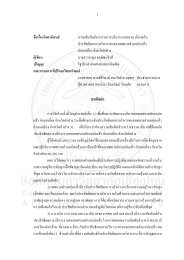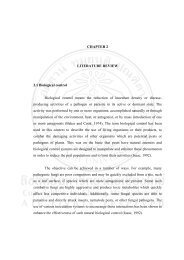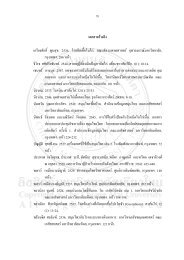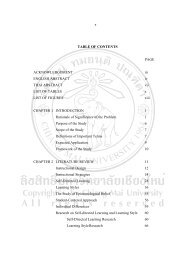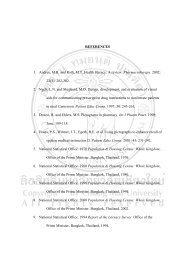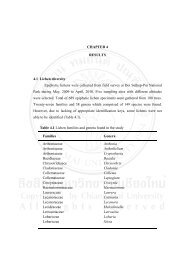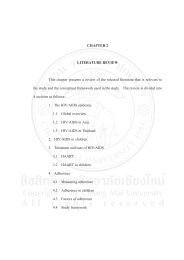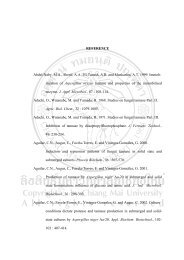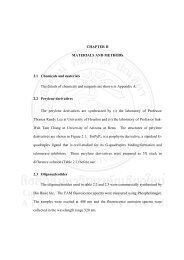Chapter Four
Chapter Four
Chapter Four
Create successful ePaper yourself
Turn your PDF publications into a flip-book with our unique Google optimized e-Paper software.
21<br />
(Ranghoo, 1998). The traditional key for species identification was proposed by<br />
Carolus Linnaeus in 1735 and has been accepted as the binomial nomenclature which<br />
is mainly based upon morphological and biological characters. This system, however,<br />
was considered several limitations. Generally, one major obstacle for fungal<br />
identification is the difficulty in implementing the recognition criteria of homology<br />
working with morphology at higher taxonomic levels (Morales et al., 1995). This<br />
particularly occurs when these characters are highly variable and few in numbers<br />
when compared to the large number of species described (Morales et al., 1995).<br />
With the development of molecular techniques, the problem of homology has<br />
decreased (Berres et al., 1995). Molecular biology is now widely used in fungal<br />
systematics because it can clarify the relationship among taxa which can not delineate<br />
using morphological characters. Fusarium, is a very complicated genus to identify<br />
since morphologically species very similar in appearance. Brayford (1996) suggested<br />
that the use of DNA sequencing is the ultimate means to assess the phylogeny of<br />
Fusarium.<br />
From the last dcade, molecular biology has developed rapidly with a variety of<br />
techniques which are now available to mycologists to help understanding the<br />
phylogenetic relationships of species and genera and concepts at higher taxonomic<br />
levels. Traditionally taxonomy and identification of all living organisms has depended<br />
on morphological characters. However, modern molecular methods are now being<br />
used to detect cryptic species, separate closely related species, and determine<br />
phylogenies. Within the fungi, where morphological characters are limited, molecular<br />
techniques are proving very useful. Nowadays, there are many techniques used in<br />
fungal studies and molecular tools utilize ITS rDNA, small and large subunit rDNA,




